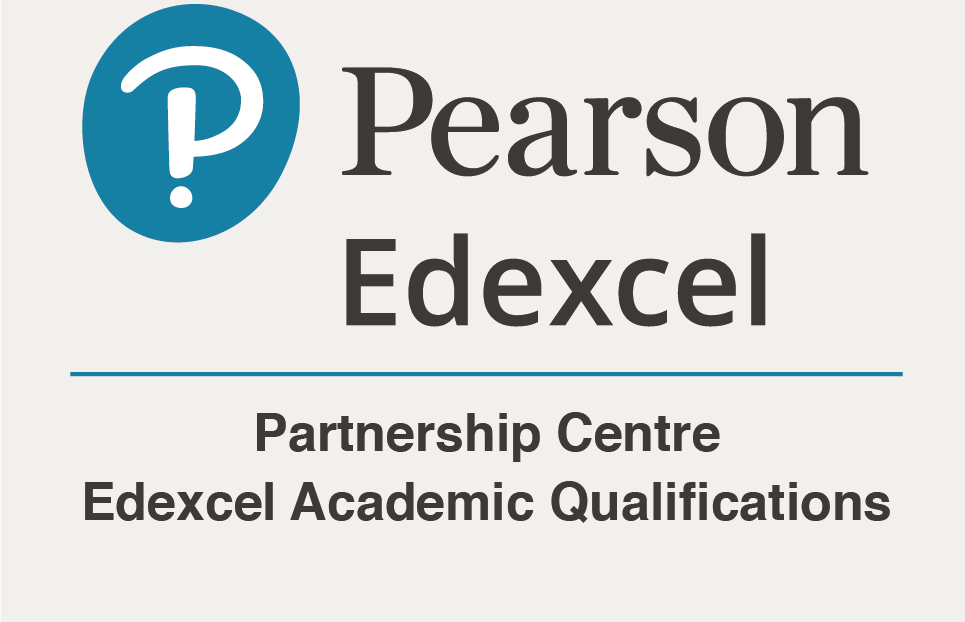Inspecting Liberal Studies
April 8, 2016
Liberal Studies - now a mainstay of the New Senior Secondary (NSS) curriculum (since 2009) – has come under plenty of fire in recent years. “Is it politically bias?” tends to be the most common question - and it’s a question worth asking, especially as charges have been made against politically-motivated teacher’s bias when marking tests. There are, however, other more questions of interest. Is Liberal Studies well-structured? Does the subject achieve its chief aim of getting kids to think critically? Is it fair to say that the DSE or IB curricular lack a subject which encourages independent thinking skills in the first place?
The material
Liberal Studies covers three broad areas; self and personal development, society and culture, science, technology and the environment. So, what is the content like? The core texts focus on comparative differences in social, environmental, and economic issues. With the use of diagrams, charts, graphs, and information files, the student is introduced to the content in a varied manner, fostering a variety of interpretative skills. Liberal Studies also encourages an inter-disciplinary approach, with geography and economics being the most prominent subjects.
A clear strength of the Liberal Studies curricular appears to be the way it is structured. The subject sets topics and sub-topics in a way that allows engagement with the content in a practical, time-effective manner. The course books contain ‘stations’ - each acts as a sub-topic sign post - covering a more specific area within the core section. Sometimes it is more visually orientated (‘analyse these graphs’), or written (‘write down examples’), or interactive (‘debate with a classmate’). Interactive work, in particular, is a method in which children think independently and critically.
With all these different ways of presenting information, students can call on different learning strengths. By mixing it up, students avoid rote learning, while building on their weaker skills. Similarly, at the start of each section, warm-up exercises increase the student’s awareness of whether they’ll be focusing on knowledge, understanding, action or critical thinking themes. It is this attempt of increasing a balance for students that makes the exploration of these ideas refreshing.
Problems with the content and aims
Liberal Studies can be accused of lacking academic rigour in its rush to provide answers. When defining quality of life – for instance – it fails to acknowledge the importance of social cohesion as conducive to a happier, more trustworthy lifestyle. Seeing as social capital is highest in ethnically homogenous populations like China, where a long standing history of customs and moral structures prevail, these omissions prove telling. This lack of attention – or coyness – towards tradition and societal structure, means the curricular can appear lopsided due to its political colour-blindness.
Similarly, over the course of the subject, there is little-to-no discussion on what liberal modernity is, its origins are not covered, and central thinkers like Hobbes and Rawls are exempt from the material. These are grave omission, I think, and detrimental to the student learning ‘liberal studies’. Even after studying the entire course, a student would be hard pushed to answer conclusively what the liberal in liberal studies is – and we’re left with the sneaking suspicion that it simply means – in the parlance of US political speak – being of a left-globalist persuasion.
Political connotations
There is an ongoing debate on what Liberal studies should include. Should it be a way in which students develop Western-orientated, liberal positions? (a concern of the CCP and conservatives), does it analysis liberalism in depth itself? (Something it does not), is it just a smoke screen for reaffirming the China’s status quo (the concern of umbrella advocates).
The Conservative/Mainland position
It should be an immediate concern for conservative and mainland opposition that the ‘promotion of a truly liberal outlook.’ be the core priority of an academic subject. Liberalism, ultimately, is a construction of Western modernity, and although Hong Kong sits on the fault lines of two civilisations, dedicating a compulsory subject to partisan leanings of Western thought is bound to create friction. It comes as no surprise, either, that many of the teachers who have looked to shape and influence the fledgingly subject, have political agendas sympathetic to the Umbrella Movement. Curiously, the text book sections on HK are almost as critical as the ones on China!
The leftist position
On the other side of the political fence, Liberal Studies is not considered ‘liberal’ enough. For example, the myriad of minority grievances - grouped around race, sexuality and gender - found at Westernised universities, are not covered in the personal wellbeing / life style section of the Liberal Studies curricular. Additionally, the course materials have come under fire due to what is considered superficial and stereotypical representation of ethnic, national and religious diversity. In the essay, ‘Multiculturalism and Democracy: Diversity and Difference in Hong Kong's Liberal Studies’, Dr Liz Jackson, of the Faculty of Education at the University of Hong Kong, found that specific references to diverse cultures and religions are negligible.
Moreover, reference books remain highly vague in relating the details of the benefits of diversity in contemporary society. What leftist forget is that Liberal Studies is less about devising a training programme on social justice, and more to do with engaging with the political, cultural and economic factors of China. It is this point of contention that will impact the evolution of Liberal Studies. Some degree of neutrality must be exercised if it is to avoid becoming a progressive platform for activist recruitment.
© 晉博教育中心 Brighten Youth Education Centre


